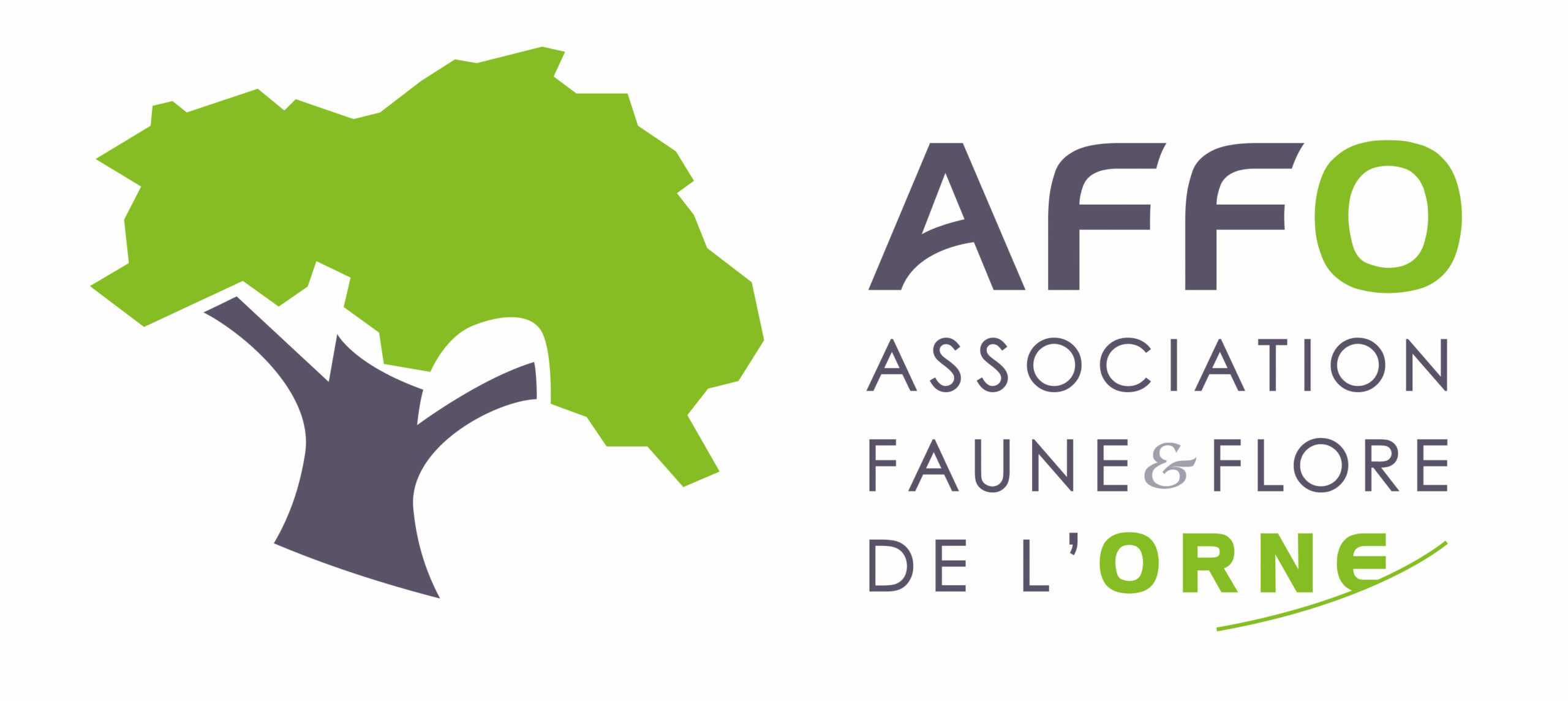Noctua Linnaeus, 1758
Où cette espèce a-t-elle été observée ?
 Attention : cette espèce peut être présente où il n’y a pas de maille, mais à ce jour elle n’y a pas encore été observée.
Attention : cette espèce peut être présente où il n’y a pas de maille, mais à ce jour elle n’y a pas encore été observée.
- 65 observations
-
24
communes -
14
observateurs
8
organismes -
Première observation
1977 -
Dernière observation
2025
Authon-du-Perche - Bazoches-sur-Hoëne - Belforêt-en-Perche - Bellavilliers - Ceton - Igé - La Chapelle-Souëf - Le Mesnil-Thomas - Les Genettes - Longny les Villages - Mortagne-au-Perche - Perche en Nocé - Pervenchères - Rémalard en Perche - Saint-Fulgent-des-Ormes - Saint-Hilaire-le-Châtel - Saintigny - Saint-Langis-lès-Mortagne - Saint-Martin-du-Vieux-Bellême - Senonches - Soligny-la-Trappe - Tourouvre au Perche - Val-au-Perche - Verrières
-
Association Faune & Flore de l'Orne (AFFO)
Participation à 48 Observations
Part d'aide à la prospection : 73.85 %
Fiche organisme
-
PNR du Perche
Participation à 13 Observations
Part d'aide à la prospection : 20.00 %
Fiche organisme
-
Conservatoire d'espaces naturels du Centre-Val de Loire (CEN CVL)
Participation à 5 Observations
Part d'aide à la prospection : 7.69 %
Fiche organisme
-
UMS PatriNat (OFB-CNRS-MNHN)
Participation à 4 Observations
Part d'aide à la prospection : 6.15 %
Fiche organisme
-
DREAL Centre-Val de Loire
Participation à 2 Observations
Part d'aide à la prospection : 3.08 %
Fiche organisme
-
Le Monde des Insectes (insectes.org)
Participation à 1 Observation
Part d'aide à la prospection : 1.54 %
Fiche organisme
-
France Nature Environnement Centre-Val de Loir
Participation à 1 Observation
Part d'aide à la prospection : 1.54 %
Fiche organisme
-
Système mondial d’information sur la biodiversité (GBIF)
Participation à 1 Observation
Part d'aide à la prospection : 1.54 %
Fiche organisme
Informations espèce
Répartition actuelle en France métropolitaine
© INPN - Avertissement : les données visualisables reflètent l'état d'avancement des connaissances et/ou la disponibilité des données existantes au niveau national : elles ne peuvent en aucun cas être considérées comme exhaustives.
Répartition actuelle dans le monde
Avertissement : les données visualisables reflètent l'état d'avancement des connaissances et/ou la disponibilité des données existantes au niveau mondial : elles ne peuvent en aucun cas être considérées comme exhaustives.












